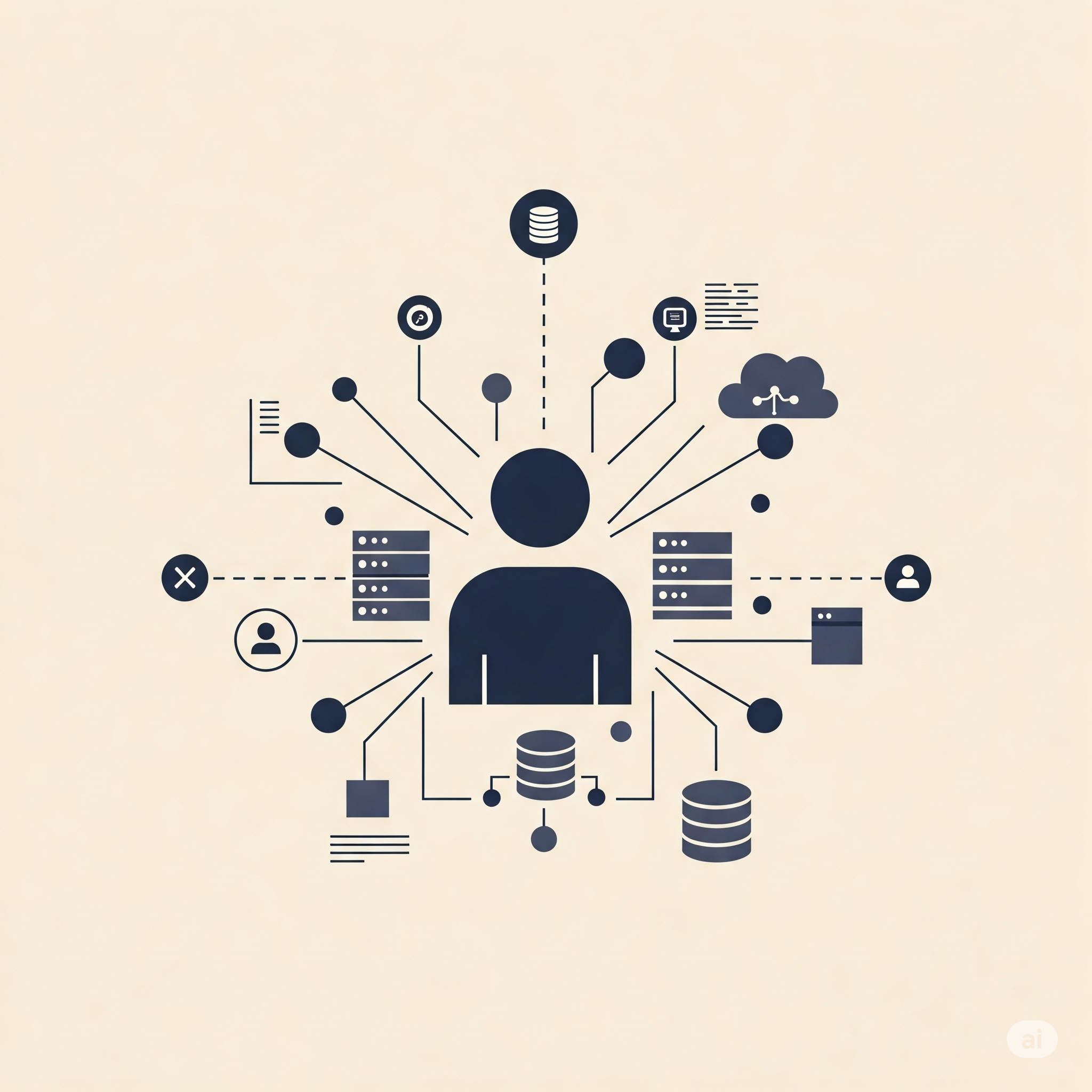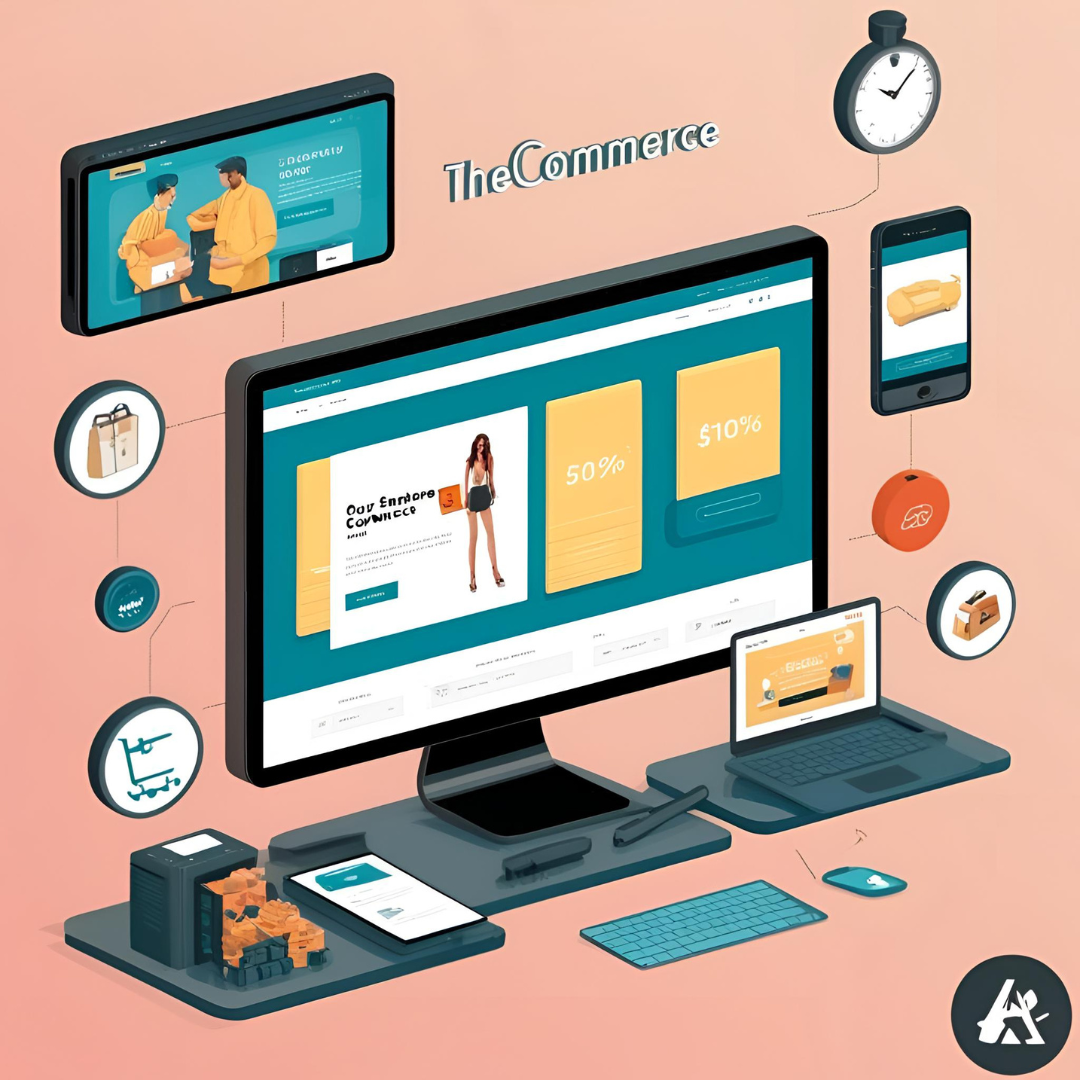You've made the decision to explore the field of web development. My friend, welcome to the internet jungle. The first (and most perplexing) decision you'll have to make is whether to become a front-end developer, a back-end developer, or even both. The answer is straightforward on paper. What users see is the front-end. What users do not see is the back-end. But believe me, it's much more complex than that. This post is a comprehensive, practical guide to help you determine your place in the dev community, not just a list of definitions. This is for you if you're starting a bootcamp, changing careers, or are just inquisitive.
🖥️ What Is Front-End Development?

The user interface, or everything you see on a website or app, is the focus of front-end development. Thank a front-end developer if you have ever pressed a button, completed a form, or appreciated a beautiful animation on a landing page.
🔧 Front-End Devs Work With:
-
HTML – The skeleton
-
CSS – The outfit
-
JavaScript – The brain that makes it move
And let’s not forget modern frameworks like: React (Meta’s baby)
-
Vue (lightweight and elegant)
-
Angular (heavyweight champ backed by Google)
They also deal with:
-
Responsive design (making stuff look good on phones and desktops)
-
Accessibility (because everyone deserves to use the web)
-
Performance optimization (nobody likes a slow site)
🧠 Soft Skills Matter Too
-
An eye for design (but you don’t need to be Picasso)
-
Good communication with designers, UX folks, and even clients
-
The ability to Google your way out of a bug you’ve seen 37 times already 😅
⚙️ What Is Back-End Development?

Now let’s go behind the curtain. The back-end is the engine room — the stuff that powers everything you see on the front.
Back-End Devs Handle:
-
Databases (like PostgreSQL, MongoDB, MySQL)
-
Servers (Node.js, Express, Django, Ruby on Rails)
-
APIs (think of them like waiters taking your order and bringing back the food)
They deal with:
-
User authentication (logins, tokens, encryption)
-
Server logic (what happens when you click “Buy Now”)
-
Data storage and retrieval
-
Payment systems
-
Security (so your passwords aren’t floating around in plaintext, hopefully)
Basically, if front-end is the presentation, back-end is the logic and the data flow.
💼 Career Paths and Salaries
🧑🎨 Front-End Developer:
-
Job titles: UI Developer, Web Designer, Front-End Engineer
-
Salary: ~$70K–$120K+ (varies by country, skillset, and experience)
-
Demand: High (especially with mobile-first and responsive web trends)
🧑💻 Back-End Developer:
-
Job titles: Software Engineer, API Developer, Server-Side Dev
-
Salary: ~$80K–$130K+ (back-end often pays slightly more in complex systems)
-
Demand: Also high, especially in enterprise and data-driven apps
⚡ Full-Stack Developer:
-
Does both front and back. The unicorn everyone wants.
-
Salary: $90K–$150K+
-
Demand: Extremely high. But also extremely exhausting if you’re solo on a big project.
🧩 Which One Should You Choose?
Now this is the real tea.
Choose Front-End If:
-
You love design, aesthetics, and making things “feel” good
-
You enjoy instant feedback (change color, refresh page — boom)
-
You want to build stuff that looks impressive fast
Choose Back-End If:
-
You enjoy logic, data structures, and problem-solving
-
You like working “under the hood” to make apps powerful and fast
-
You want to mess with servers, APIs, and databases
Or, Choose Full-Stack If:
-
You can’t decide
-
You like knowing how everything works
-
You want flexibility in your job options
⚠️ But be warned: Full-stack = more to learn. Don’t burn yourself out trying to master everything at once.
🧪 Real World Example: An Online Store

Suppose you are developing a website for e-commerce.
Front-end developers create the shopping cart user interface, product cards, and animations and ensure that they function flawlessly on mobile devices.
The back-end Developer: Manages user logins and orders, processes payments, and keeps track of product inventory in a database.
Two extremely distinct functions. The same objective: a fantastic user experience.
🌱 Learning Resources
Here’s what I’d recommend if you’re just getting started:
For Front-End:
-
FreeCodeCamp
-
MDN Web Docs
-
Scrimba (amazing interactive React courses)
-
Frontend Mentor (build real projects)
For Back-End:
-
The Odin Project (free and full-stack)
-
CS50 by Harvard (foundational CS)
-
Backend-specific YouTube channels like Fireship or Traversy Media
🚀 Final Thoughts: There’s No Wrong Choice
You're still influencing the web whether you're creating a website's slick exterior or its strong reasoning. And that's really awesome.
The finest aspect? You are not restricted to a single path. Many developers begin in one sector and change as they expand. You may become enamored with databases and REST APIs after falling in love with React. That is typical. Growth is that.
Take your time, then. Try both sides. Construct things. Break things. Google a lot. Above all, have fun with the process.
Both architects and artists are needed in the dev community.